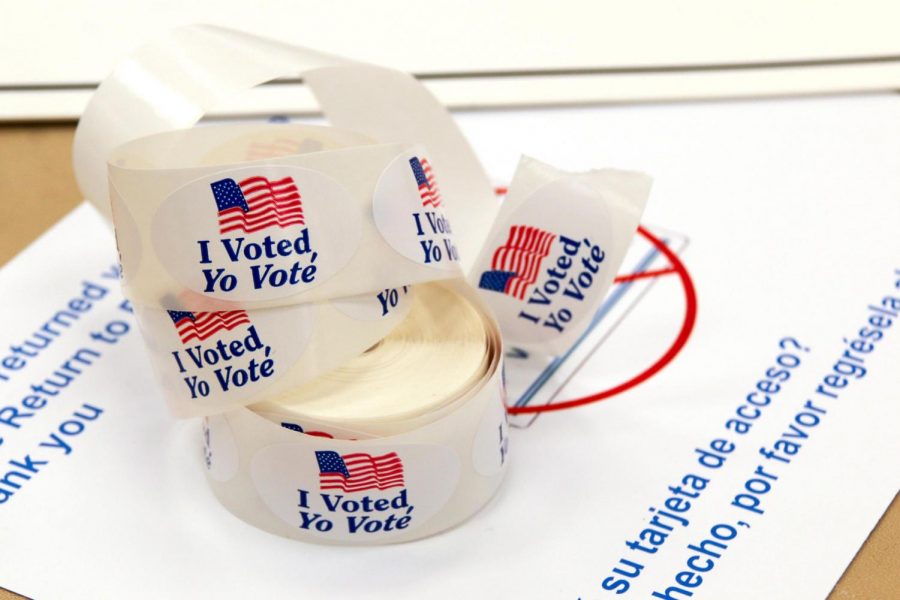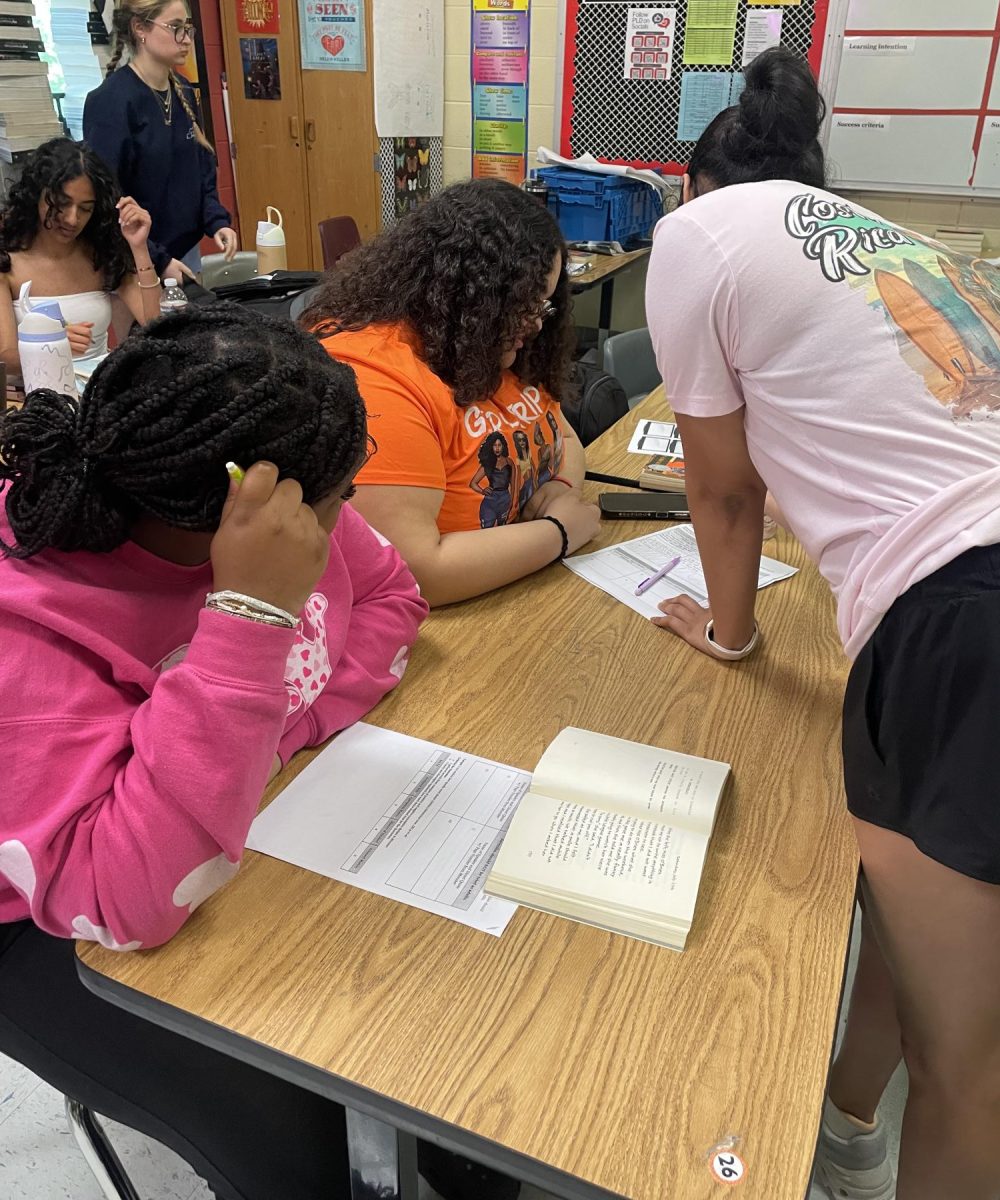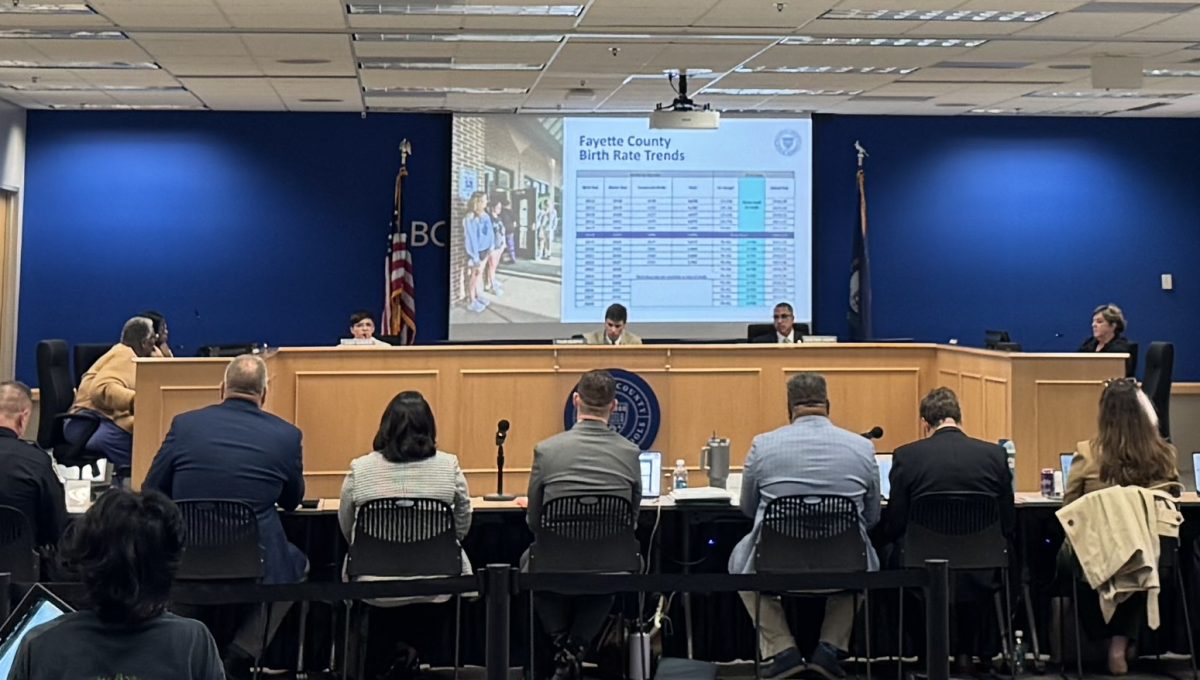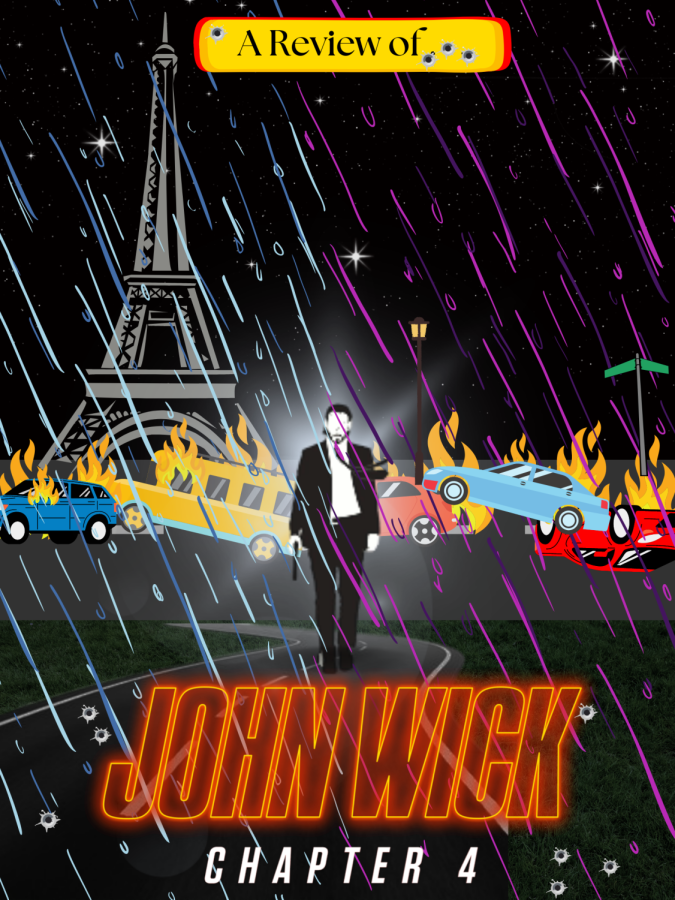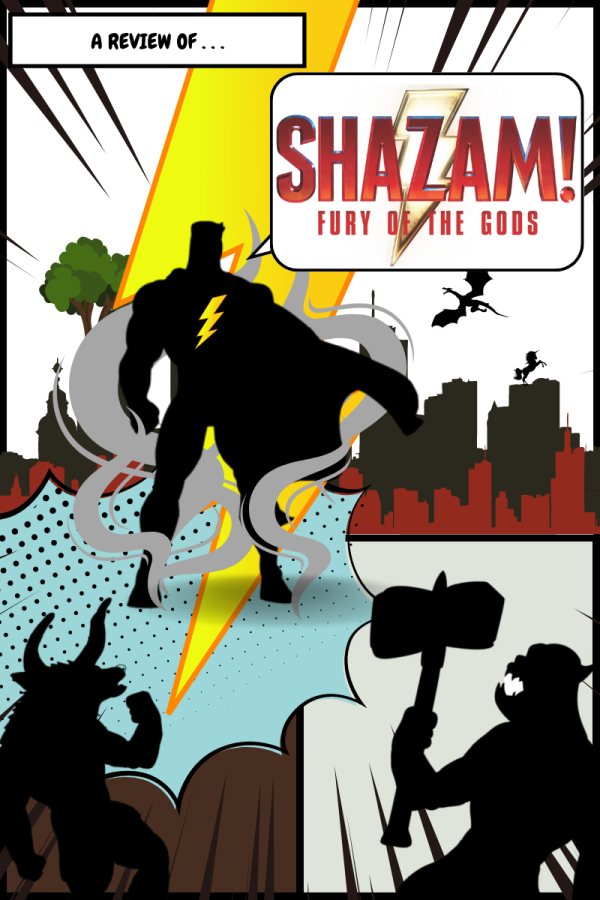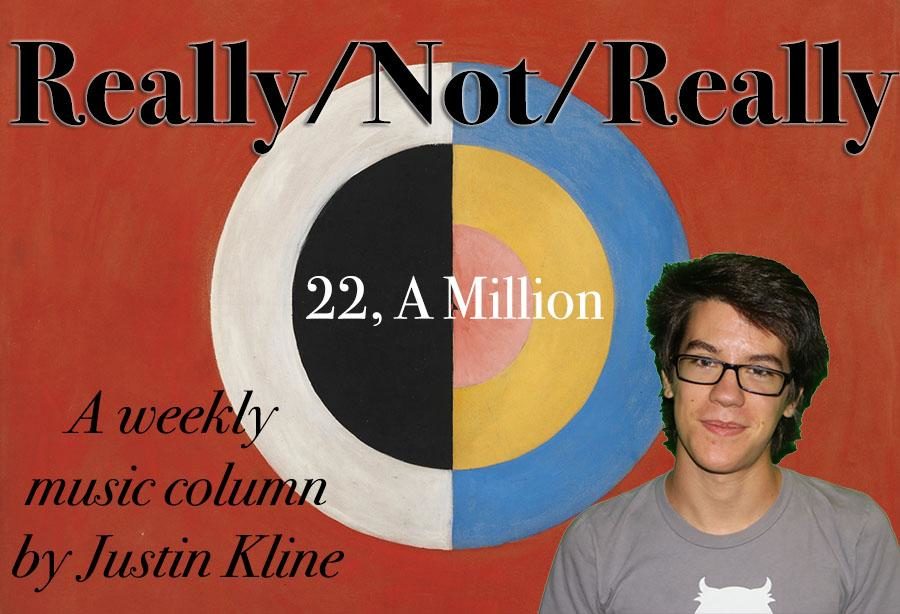Really/Not/Really: Bon Iver’s 22, A Million
Senior Justin Kline looks at Bon Iver’s third and latest album, released Sep. 30, in this third installment of Really/Not/Really.
Justin Vernon, under the name Bon Iver, only has three albums released over the nine years of the project, but remains a consistent figure in the breadth of music coverage. The echoes of For Emma, Forever Ago mirror his haunting presence on the edges of popular music. The soulful, reverberating folk of “Skinny Love” and the chilling crooning of “The Wolves” have out outlasted similar pigeon-holed contemporaries , as only the most passionate of Kanye West co-signs allows one to. Five years since Bon Iver, Bon Iver and a big splash at the beginning of the 2010s on Kanye’s My Beautiful Dark Twisted Fantasy, Bon Iver returns with his most challenging, but unstable album.

A rebranding took place for the project over the course of its silence. 22, A Million trades in acoustic guitar and baroque strokes for a frankenstein of lo-fi electronics, samples and occasional familiar faces in pianos or horns. A natural progression to the DJ booth. It is refreshing to witness this as an original step for the project, but far from novel in modern context. “715” is a James Blake song and Sufjan Steven’s forays into electronic music began years before their crystallization into The Age of Adz in 2010.
Standing alone, the album largely tackles the direction well, a striking open “22,” the stunning closer “00000 Million” and smooth “8” are gorgeous additions to the catalog and this is where Bon Iver shines. The most basic expectation that is always delivered on is a set of beautiful, lavish moments, be they Vernon’s voice or ambitious crashes, those of “33” when the percussion enters. “10” is excluded from this. “10” would have a standout vocal performance, but over it, an ugly crunching beat muddies it and swallows the saxophone additions. The album’s only egregious offence. Disappointingly, 22, Million doesn’t deliver what it needed, a grand“Holocene.” While “29” and “8” bring scale to contrast with the more bare “45” or “715,” they don’t deliver on the consistency and triumphs of “Holocene” or “Wolves.”
Thematically, Bon Iver’s aesthetic might seem to contradict itself. Where he fights structure and expectation while embracing symbology and the motif of numbers, it becomes a crisis of identity. Despite this,that confusion is the subject of the album. Addressed concisely in the final track, the contradiction of “the days have no numbers” with the song titles, and the haunting sentiment of “What a river don’t know is…to slow among roses or stay behind” ending with the an acceptance in “Well it harms its harms me it harms, I’ll let it in” all illustrate the pervasive doubt as the drive behind the contrasting sonics and bizarre packaging.
It isn’t up to the standards of great electronic music or folk music, even to Bon Iver’s past experiments, but everything one might require is here. Most significantly, it is promising to hear the standout payoffs and small flourishes that shine as a result of Justin Vernon challenging himself and his band, despite stumbles.





